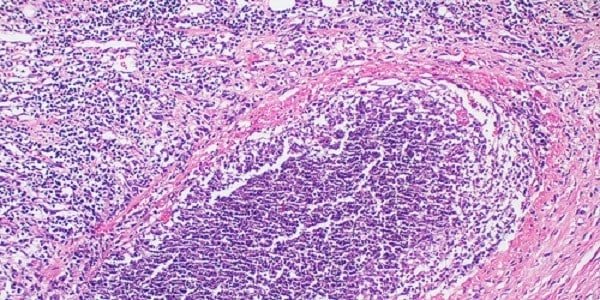Nocardiosis

Description
Nocardiosis or norcadia infection is a rare disease that is caused by strains of the bacterium Nocardia – asteroides, brasiliensis, caviae.
There are several forms of the clinical condition.
In 80% of cases, it affects the lungs, and in 20% of those affected, it causes a bacterial infection of the skin and cellulitis, which is a connective tissue infection and has nothing to do with orange peel.< /p>
In very rare cases, the disease may spread to the brain.
Bacterial infection usually develops in people with compromised immune systems, and because Nocardia responds slowly to treatment, the disease can be fatal, especially if diagnosis and therapy are started too late.< /p>
Although the infection usually starts in the lungs, it can spread to other parts of the body such as:
• The skin;
• The gastrointestinal tract;
• The brain;
The bacterium Nocardia is found in soil in all regions of the world. And 60% of those infected with the infectious organism have a weakened immune system.
The disease is acquired by inhaling contaminated dust or when Nocardia bacteria enter an open wound.
Although clinically healthy people can become infected, those most at risk are those suffering from chronic lung diseases or those with a suppressed immune system.
People who:
are also more likely to develop a bacterial infection
• Use long-term steroid medication;
• Have a bone marrow or other organ transplant;
• Suffer from carcinoma;
• Have HIV or AIDS;
What are the symptoms?
The clinical manifestations that occur depend on which part of the body or which organ is affected.
Most often the bacterial infection involves the lungs and the characteristic symptoms in such a case are:
• Sporadic rise in body temperature;
• Fatigue;
• Night sweats;
If the skin is affected, cellulitis develops, the manifestations of which are:
• Appearance of a rash;
• Swelling of the lymph nodes;
• Wounds open on the surface of the skin;
Although less common, Nocardia is also likely to infect other body organs and systems such as:
• Gastrointestinal tract, as the infection is manifested by nausea, swelling of the liver and spleen, sudden weight loss, vomiting.
• With a brain infection the following symptoms develop: seizures, headache, confusion, vertigo or dizziness and fever;
• Muscle pain or joint stiffness may occur;
Treatment of nocardiosis
Regardless of which part of the body is infected, long-term antibiotic therapy with sulfonamides is given.
The course of treatment can last from 6 months to 1 year or sometimes longer depending on how many organs are affected.
Long-term, low-dose antimicrobial drugs are often prescribed.
And if the bacteria do not respond well to the antibiotic, combined therapy with another antimicrobial medication can be prescribed.
If an abscess develops due to a Nocardia infection, the attending physician may recommend surgical intervention to drain it.
Prevention
If you are taking corticosteroids, try to use them as sparingly as possible, taking the lowest effective area for the shortest period of time.
Prolonged use of corticosteroids has been identified as a risk factor for the development of nocardiosis.
If your immune system is compromised, your doctor may recommend periodic antibiotic therapy as a preventative measure against bacterial infection.



